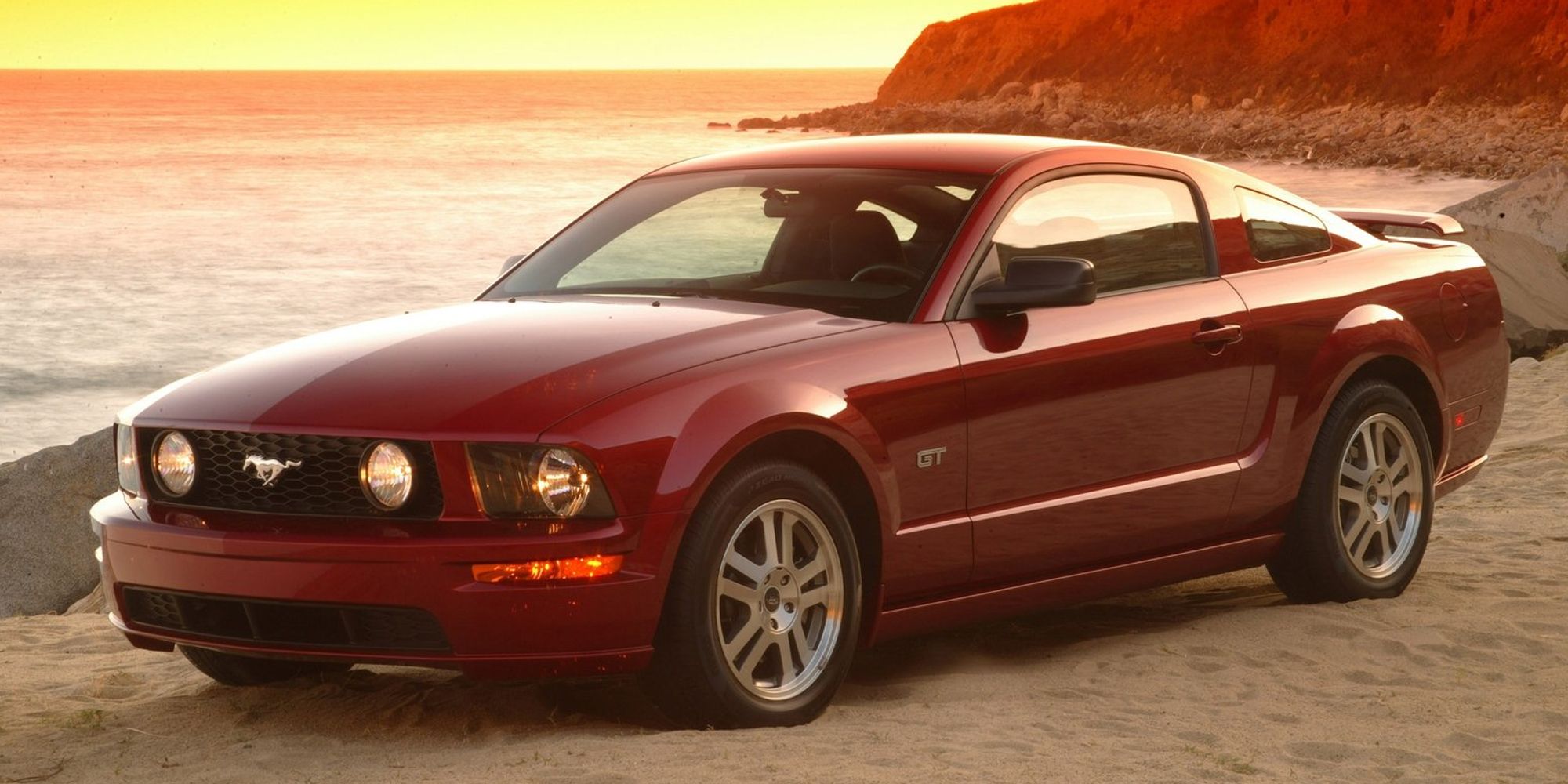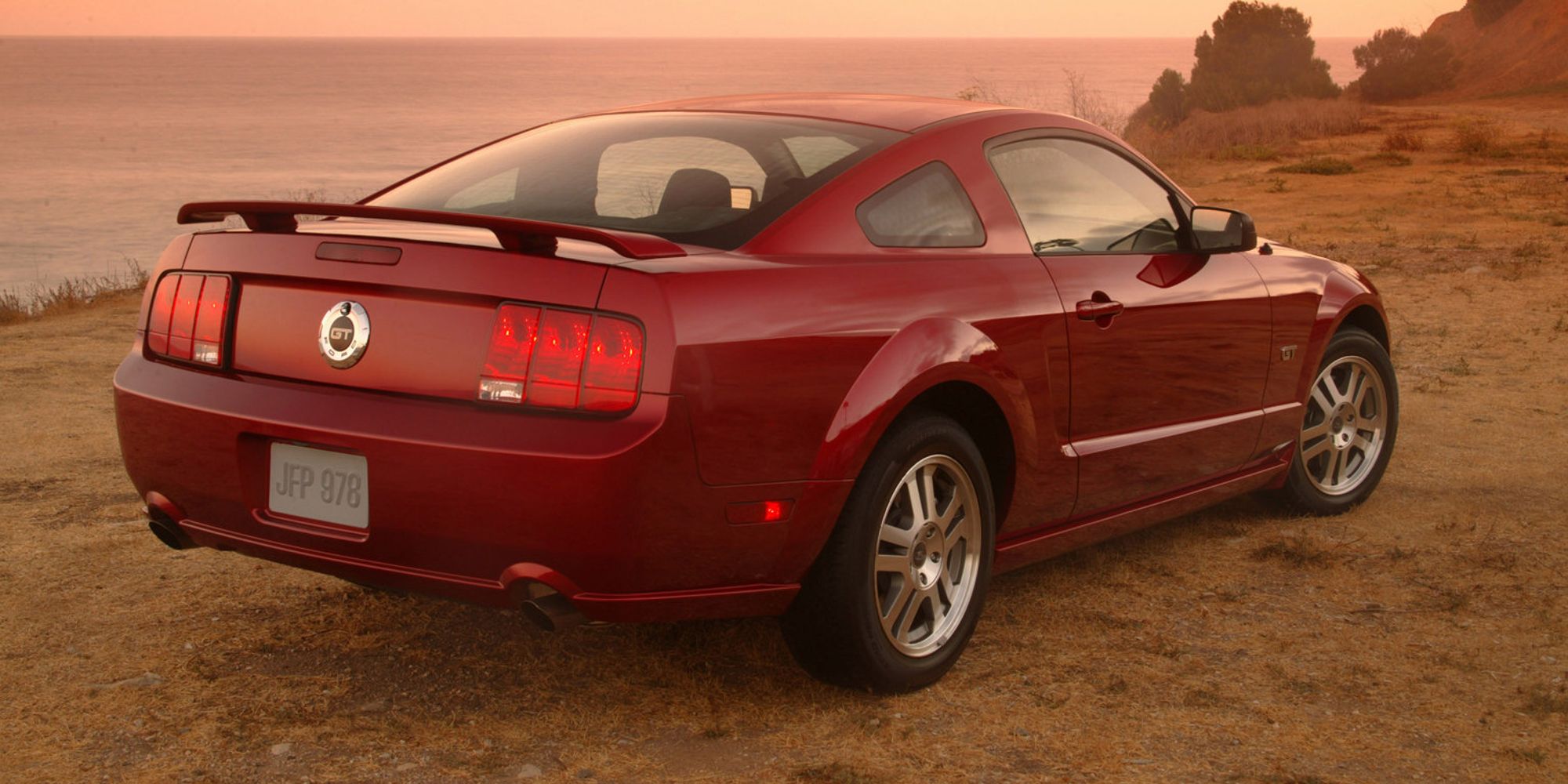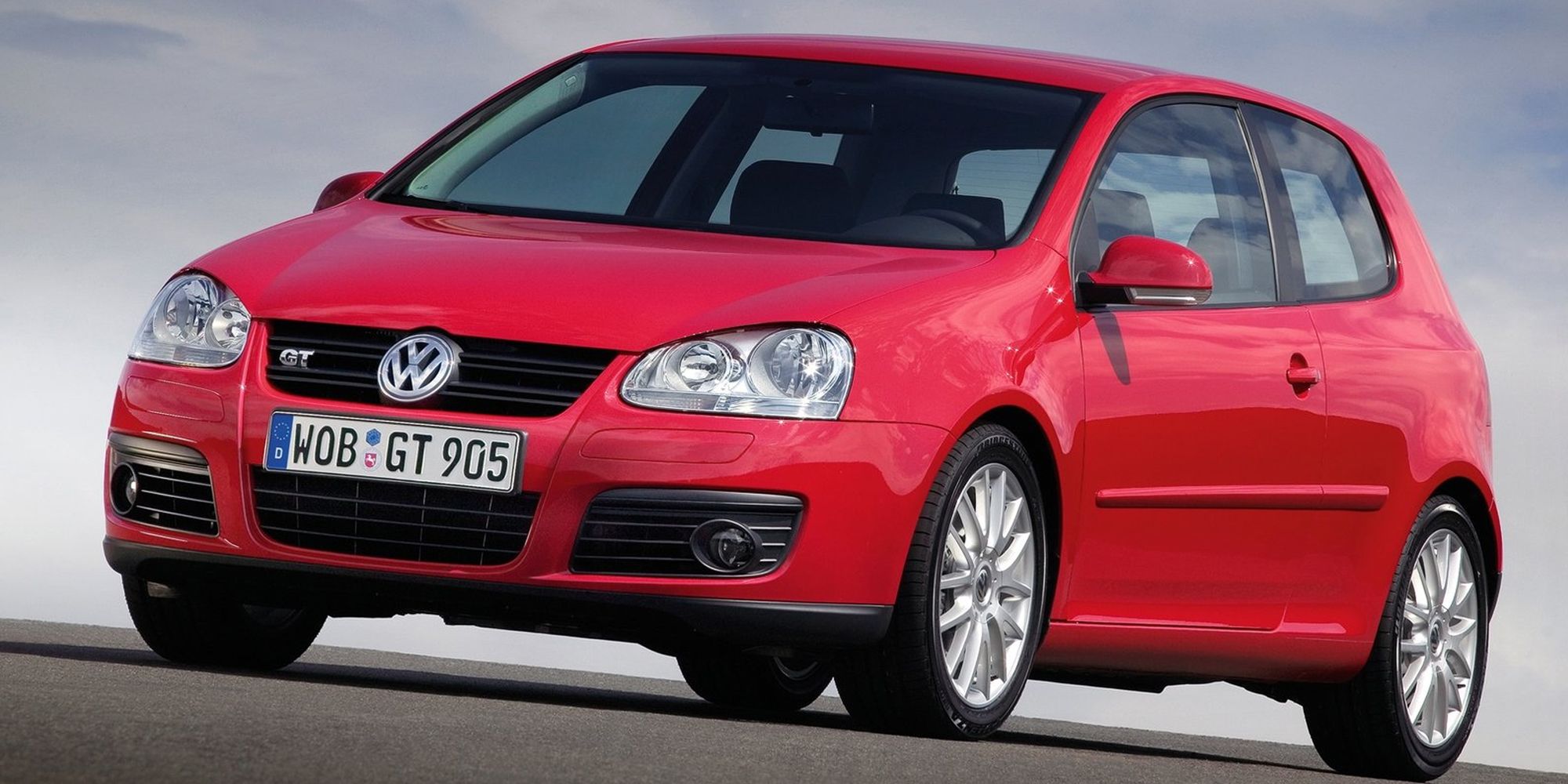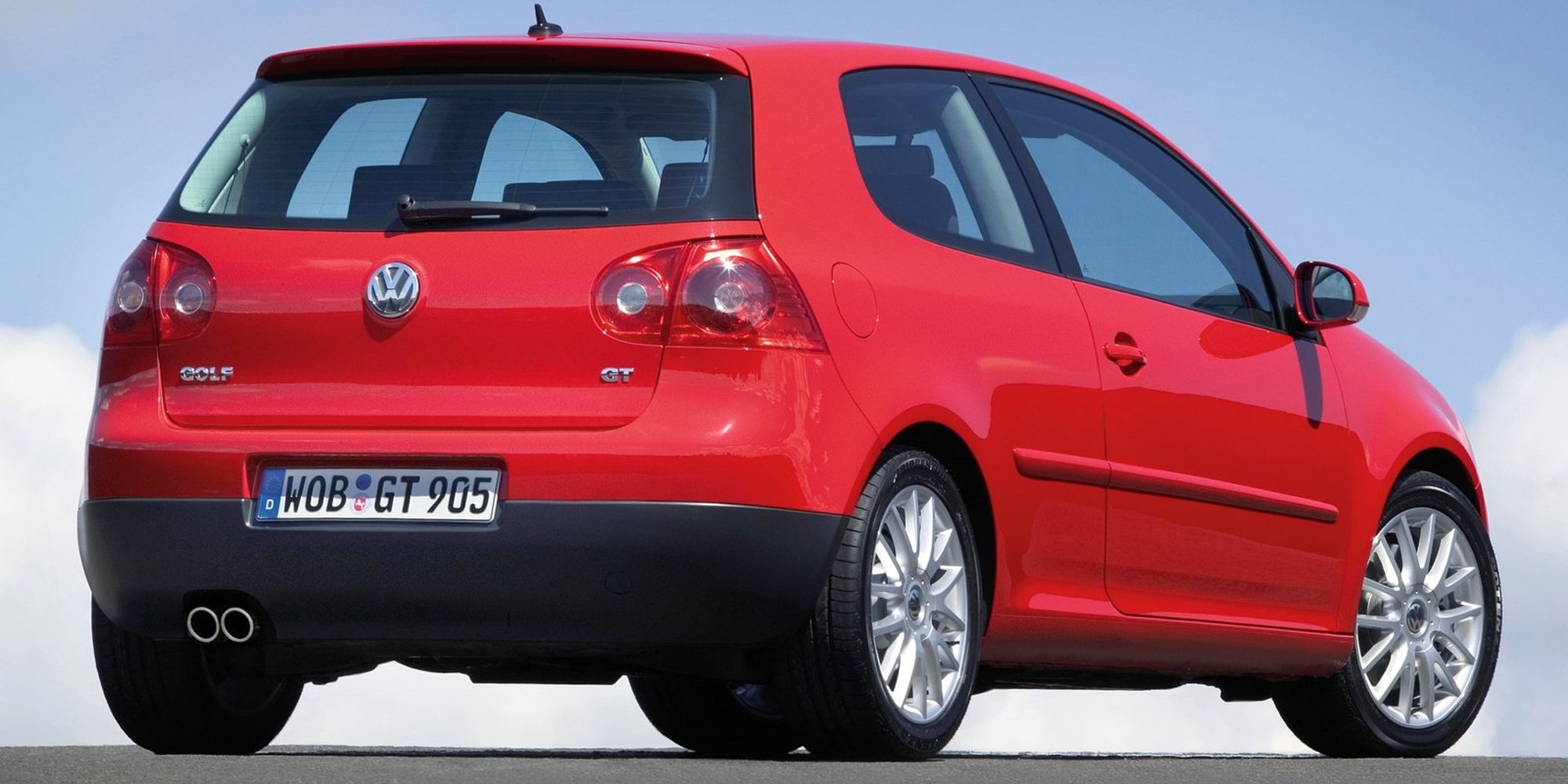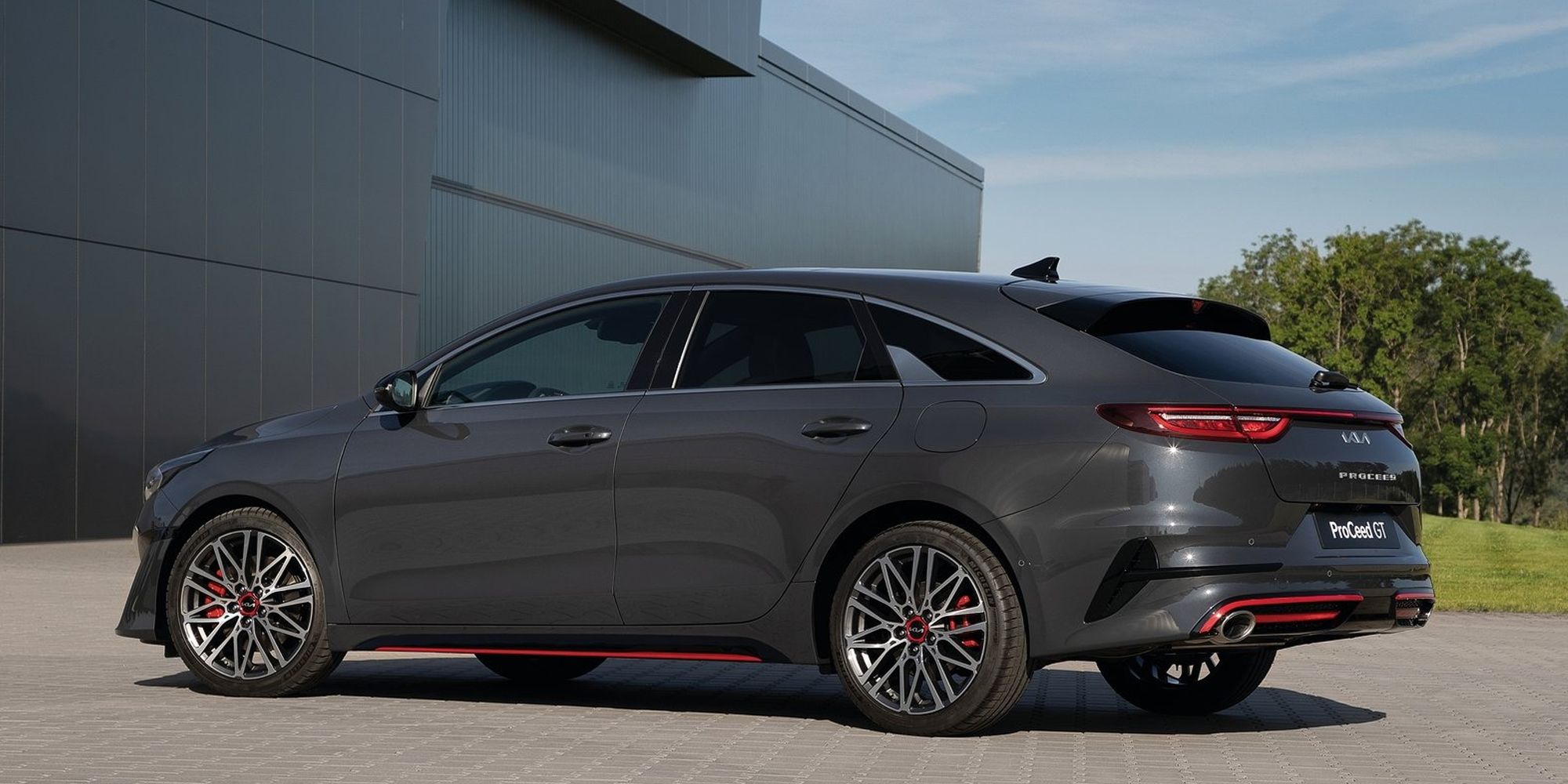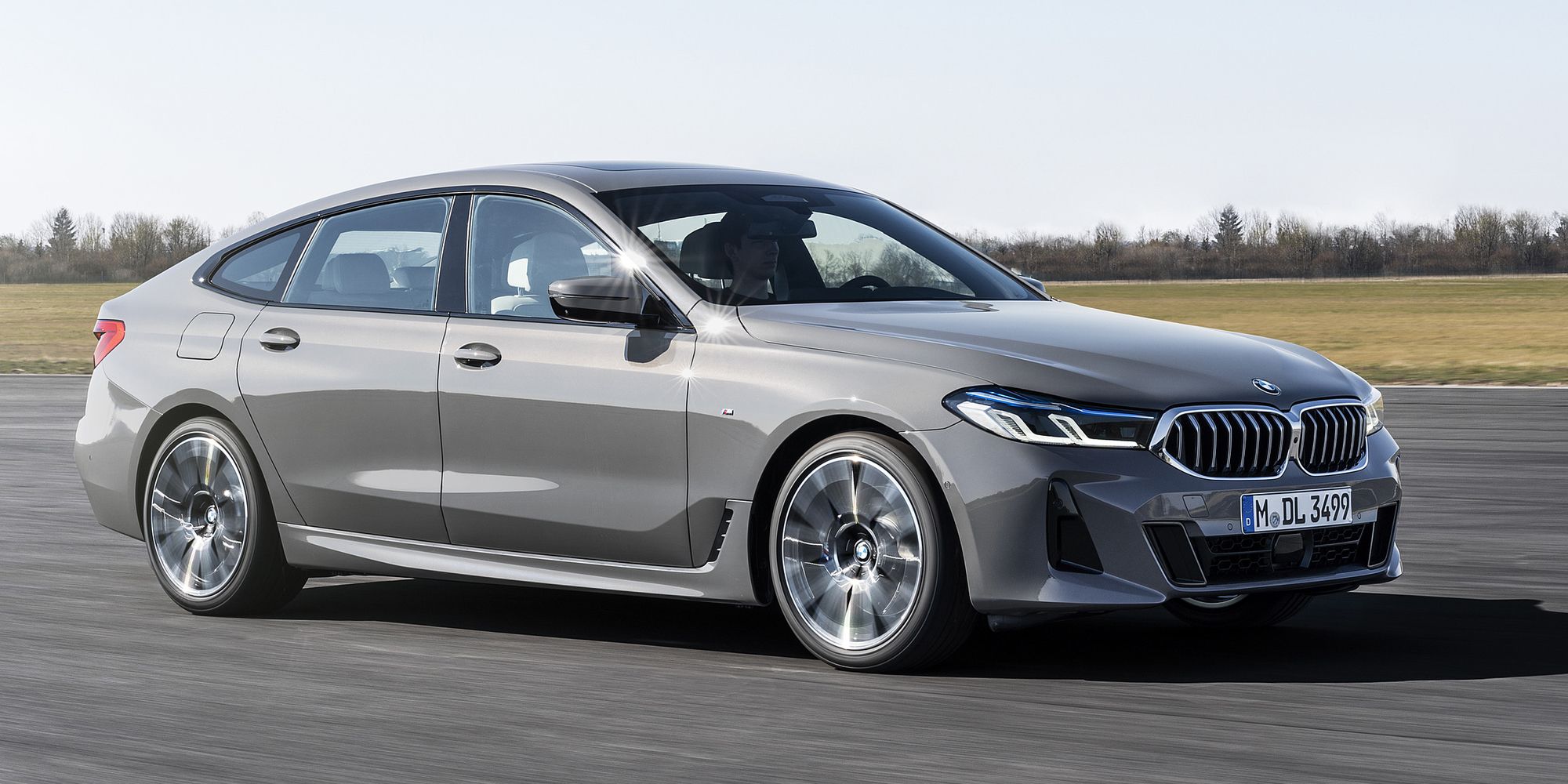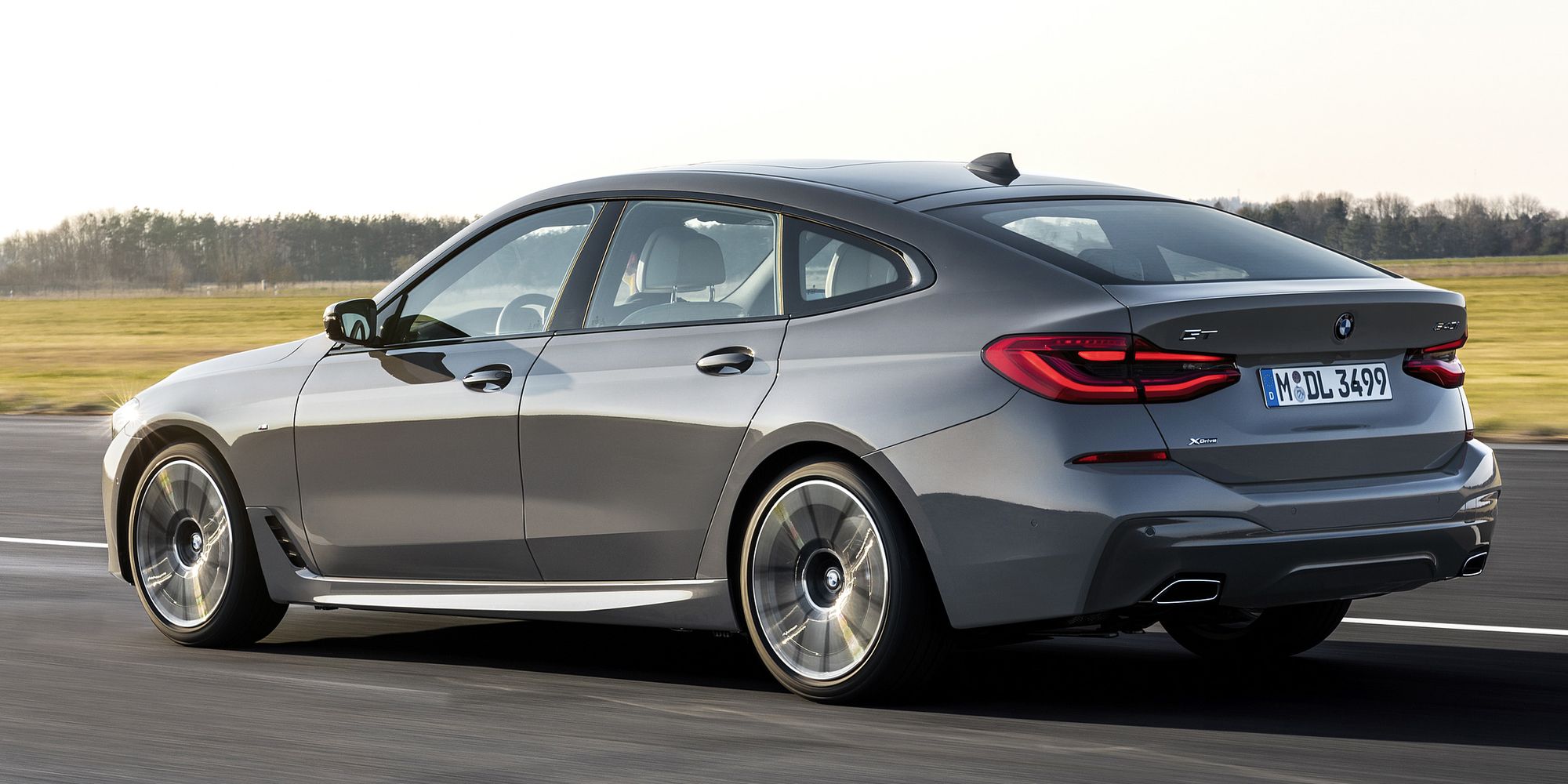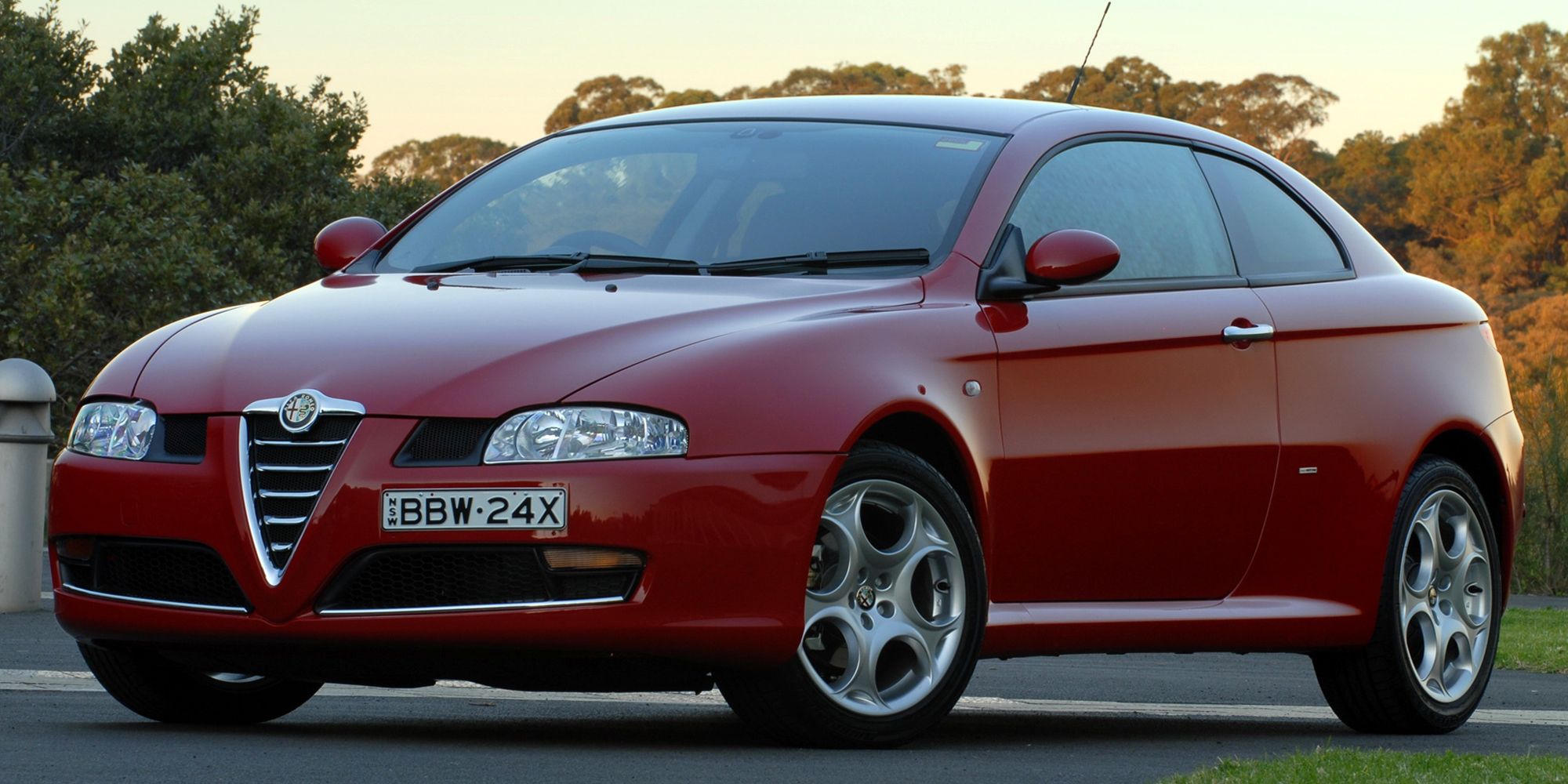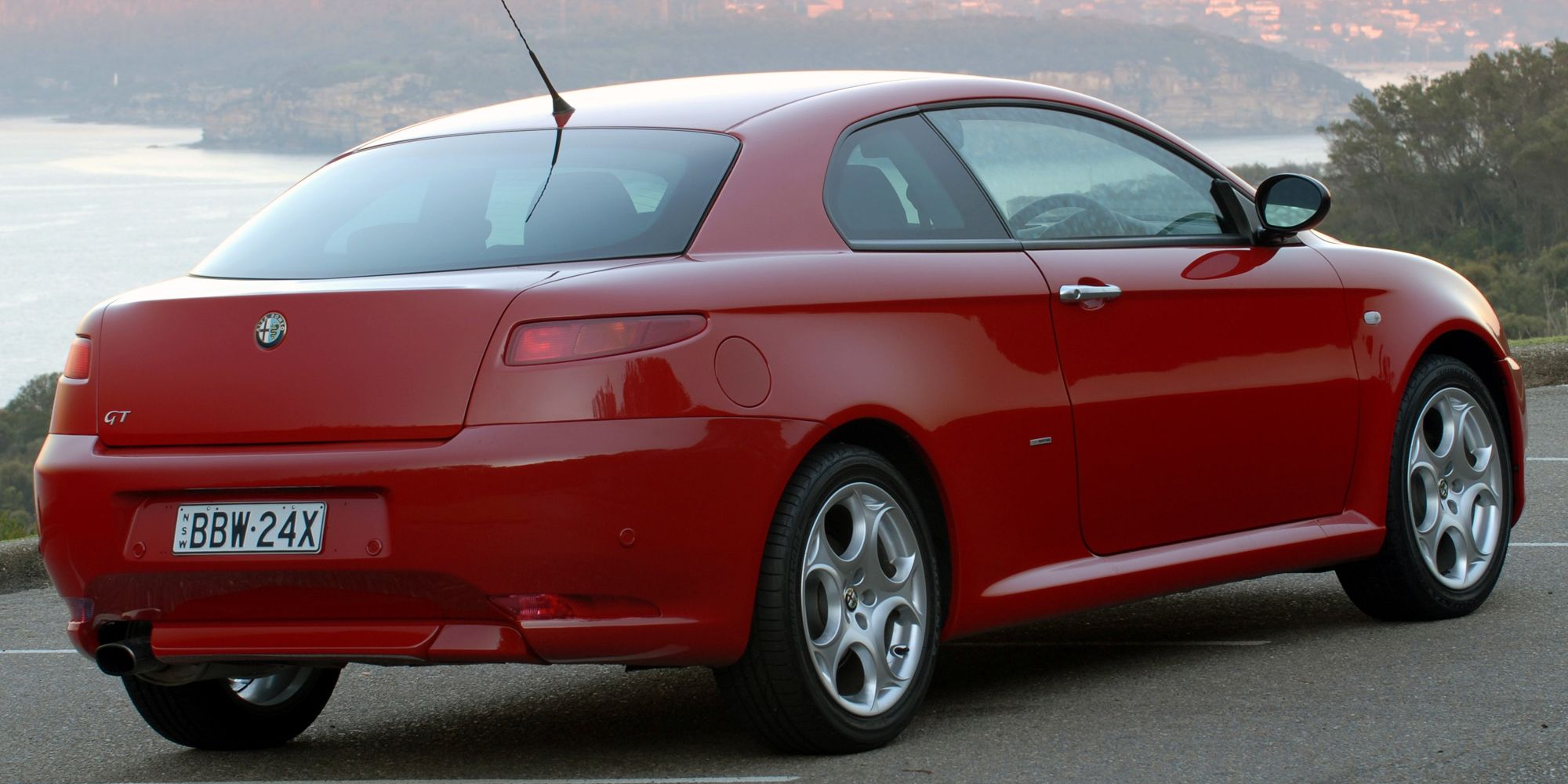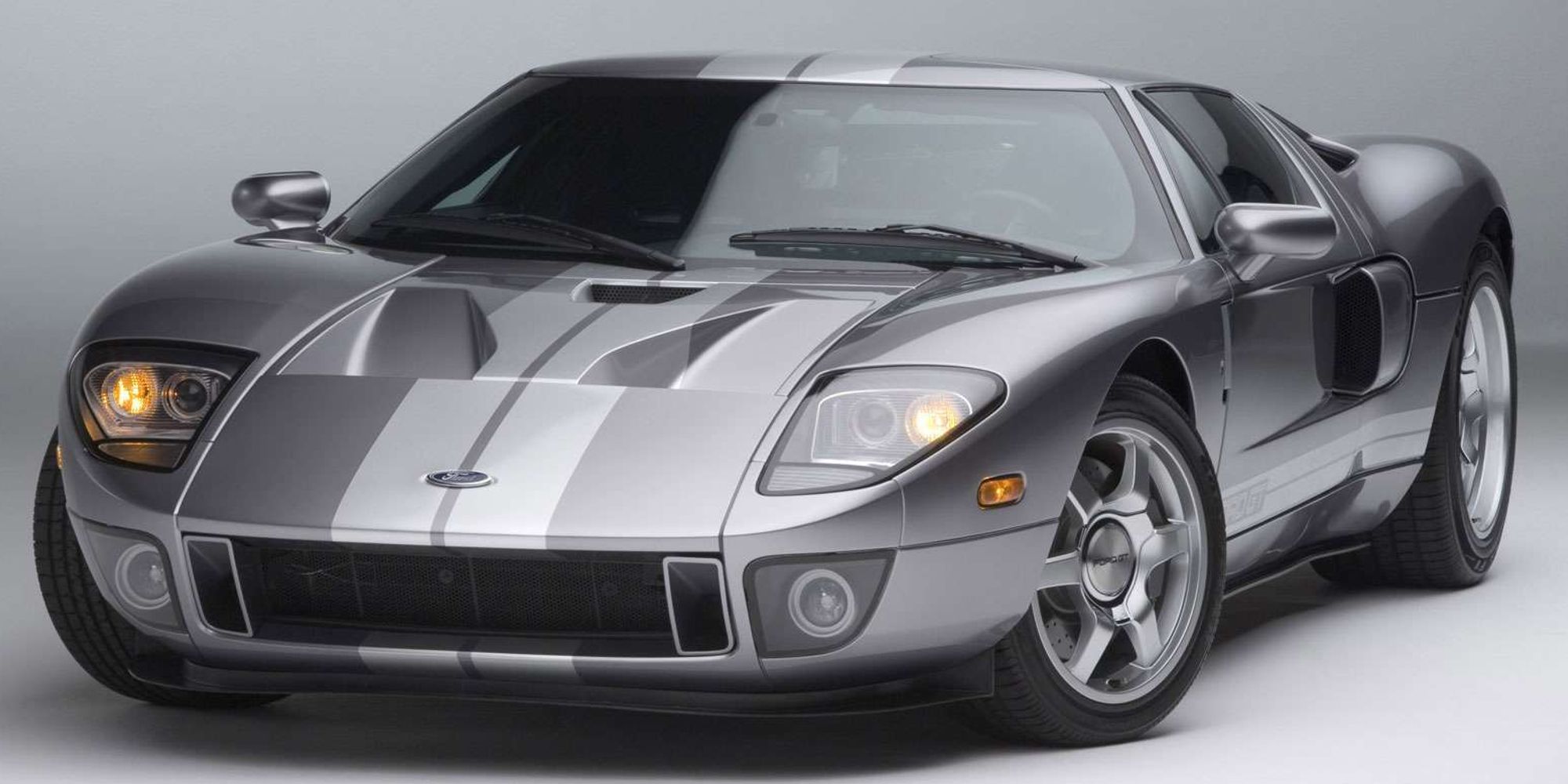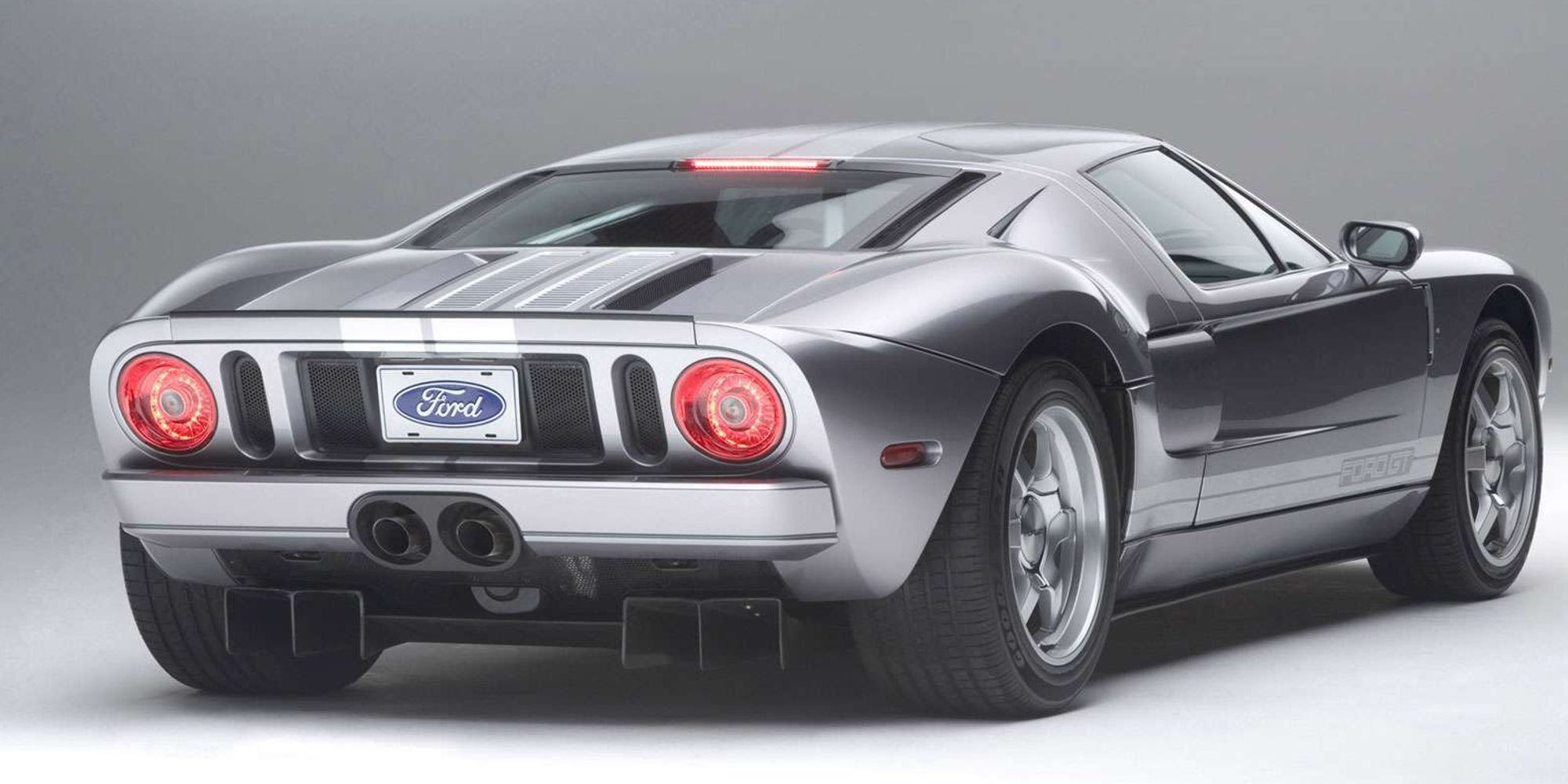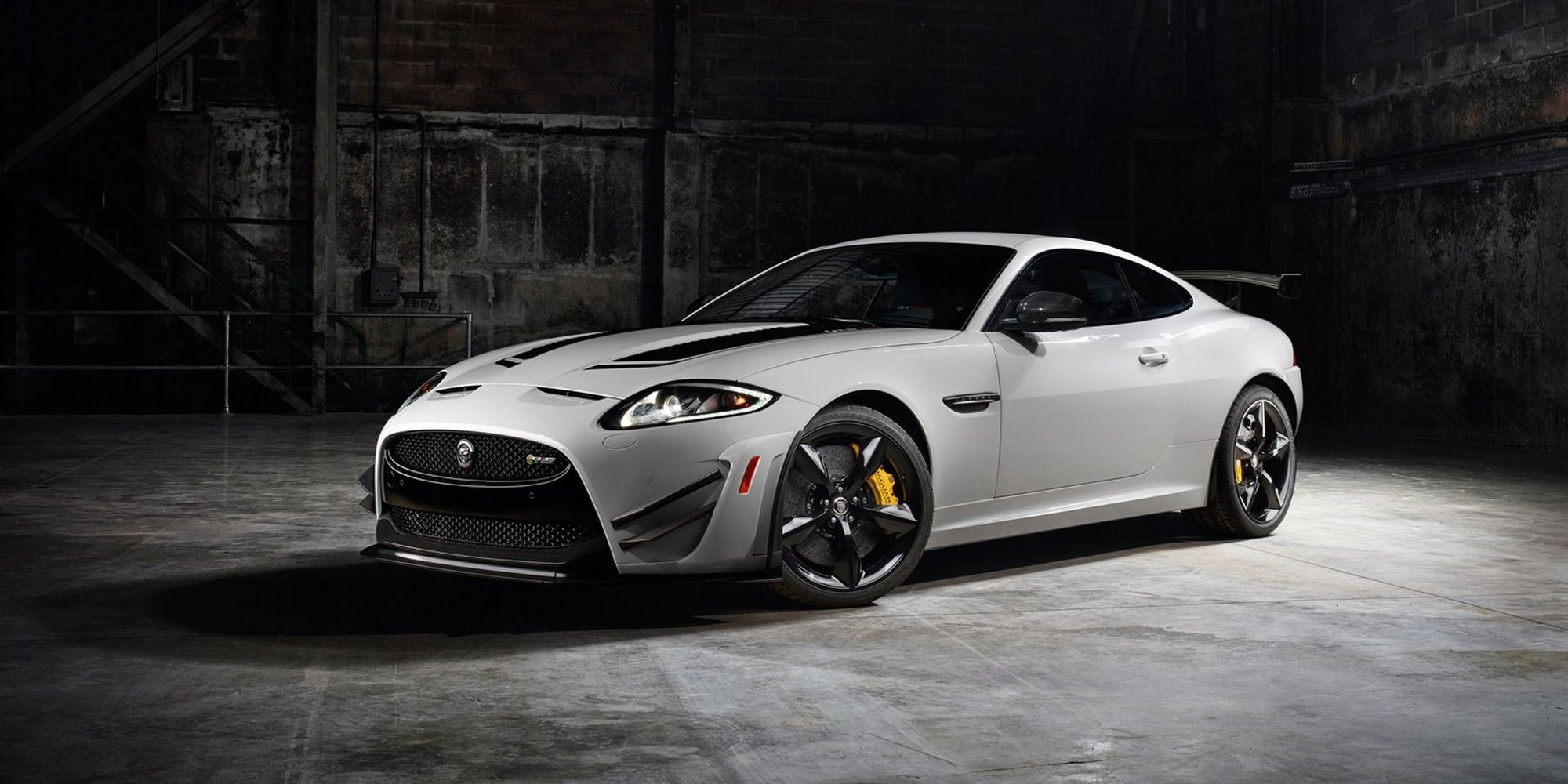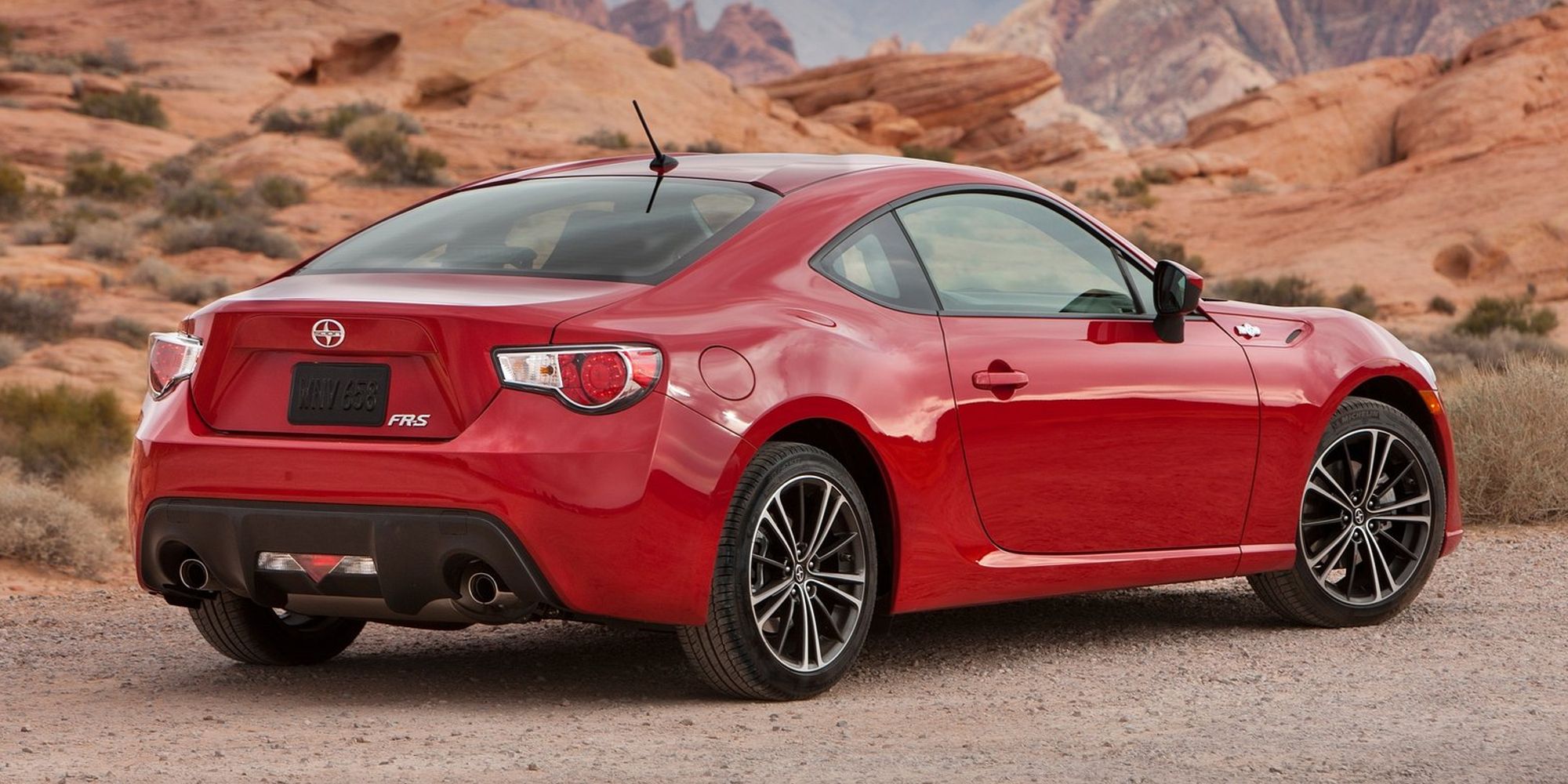GT. How many times have you heard and/or seen this abbreviation slapped to the back of a sports car? Far too many times is probably the answer. It's one of the industry's favorite abbreviations, but some may not know what it means. It's generally agreed that GT stands for Gran Turismo, or "grand tour" in Italian. With that in mind, the vehicles that coined this abbreviation are usually the ones that are good for grand touring, being comfortable and very good at traveling very long distances.
Unfortunately, this is also one of the most diluted abbreviations in the entire car industry. A lot of cars that wear it are purpose-built for the job, like the Bentley Continental GT, one of the best on the market, and the Maserati GranTurismo. Most of the others, however, just happen to be called GT, while having little to no GT qualities.
10 Ford Mustang GT
Possibly one of the most well-known uses of "GT" in the car industry is on the Ford Mustang. This is a muscle car, and it's not really designed to eat up miles and ensconce the driver in comfort. While you can theoretically do that, it's probably best if you don't.
In the Mustang's case, historically, GT means that you get the V8. This is still true today, and the GT badges on the car itself are a giveaway that it's the most powerful version outside the Shelbys and Mach 1s. While it may not be a true GT, we'd be very sad if Ford were to stop using the nameplate.
9 Volkswagen Golf GT
We all know the Golf GTI, one of the most popular hatchbacks of all time, and one that every gearhead should drive at least once. Volkswagen also offered a slightly skimmed version of the GTI, rather fittingly called the GT.
Like the GTI and GTD, the GT was also available with diesel and gasoline power. The diesel engine was an ordinary 2.0-liter turbo with 170 hp, but the gasoline unit used twincharging; a turbocharger and a supercharger. A GT car it is not, but it provided an interesting alternative for those who weren't quite ready to swing a GTI, or even an R32.
8 Kia ProCeed GT
If there was ever a car that perfectly fit the description of a niche product, this would be an excellent contender. The ProCeed, whose name used to have an even more ridiculous spelling, used to be the three-door version of Kia's Ceed hatchback.
However, for the current generation Ceed, Kia transformed the three-door into a shooting brake; a station wagon with a sloped roof. It's a very strange car, especially considering that Kia also offers a conventional station wagon version of the Ceed, the SW. Still, it's an interesting little automobile for those with a more unique palette.
7 BMW 6 Series GT
We are still perplexed as to why, of all the possible types of vehicles to stick a GT badge onto, BMW chose this. The badge appeared on the 5 Series and 3 Series as well, instigating a similar and similarly hideous vehicle.
The 6 Series is how the nameplate lives on today, with the actual GT crown in BMW's lineup being worn by the 8 Series. The 6er GT is a halfway house between a sedan and station wagon, and as a lot of people would love to tell you, it isn't really good at being either of them. It's salvageable as a BMW, at least in terms of the drive, but that's about it.
6 Alfa Romeo GT
Back in the early 2000s, FWD coupes were experiencing a total boom in Europe. The Ford Cougar, the Audi TT, the Fiat Coupe (for a little bit) and a few more. Alfa Romeo, not wanting to be outdone, joined the battle with their own FWD coupe, the GT.
As you might be able to gather, this was no GT car. The Alfa GT was a driver's car through and through, featuring some fantastic powertrains, typical Alfa exterior styling, and a lot of flair. Ultimately, it fell by the wayside to make room for the far better-looking Brera, which is now available for a good price.
5 Ford GT
The late 1960s was an era of Ford domination in various fields. As well as changing the way people think about buying cars and pony cars with the Mustang, Ford was also obliterating Ferrari at LeMans with the original and iconic GT40.
In 2003, to celebrate their 100th anniversary, Ford put together a tribute band to the original, but with all the ingredients to challenge all the supercars of its day. Two years later, in 2005, the GT became a production car. While it's quite far removed from an actual grand tourer, much like its 60s counterpart, it definitely gave the Italians something to worry about.
4 Hyundai Elantra GT
Almost every automaker who has a presence in North America tried to offer their hatchback models on the continent, mostly the ones they offer in Europe. VW offered the Golf, Ford came in with the Focus and Fiesta, and Hyundai brought over the i30, badged as the Elantra GT.
The Elantra GT never did exceptionally well with sales, leading Hyundai to pull the plug after a short while. It's a shame, because the Elantra GT/i30 is a sorted, humble family hatchback that does just about everything well.
3 Jaguar XKR-S GT
The XKR-S GT is perhaps the most ironic, as in its basic form, the Jaguar XK is intended to be a lower-priced GT car. It does have sports car qualities, but it's mostly designed to eat up highway miles. The XKR-S was more performance focused, and then the GT is an outright track weapon.
The XKR-S GT featured an identical powertrain setup to the XKR-S, with a supercharged 5.0-liter V8 with 550 hp. However, it was fully set up for lightning quick lap times, hence the various weight reduction measures, enhanced aero and carbon fiber rear wing.
2 Porsche Carrera GT
Often considered to be the last ever analog supercar, the Carrera GT was unlike anything we had seen before from Porsche. A proper mid-engine supercar, not with a turbo flat six of some description, but a 5.7-liter V10 that had its roots in motorsport, paired to an old-fashioned 6-speed manual transmission and RWD.
The Carrera GT is quite a scary car to drive, due to the tricky clutch and its total lack of electronic nannies to keep you in check. It's too fragile and stiff, for lack of a better term, to eat up highway miles, but it will definitely put an ear-to-ear smile on your face on the racetrack. That's, assuming you can handle one.
1 Toyota GT86 (Scion FR-S)
Following on from the storied success of the AE86 models of the 1980s, Toyota finally came back with an entry-level, RWD sports car designed for cheap thrills. For the first half of its life, it was known as the Scion FR-S in North America, but in the rest of the world, it was the GT86.
With tires from a Prius, suspension set up for a sporty drive, and a preferred manual transmission, it was never going to live up to the GT part of its name. This is a fantastic sports car, and one of the best used cars of the moment, but Toyota seemingly agreed with the GT badge sentiment, dropping it after the replacement, and then replacing it altogether with "GR" for the latest model.


